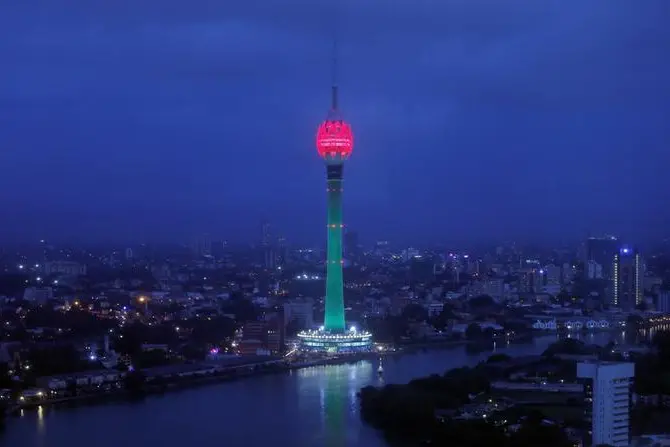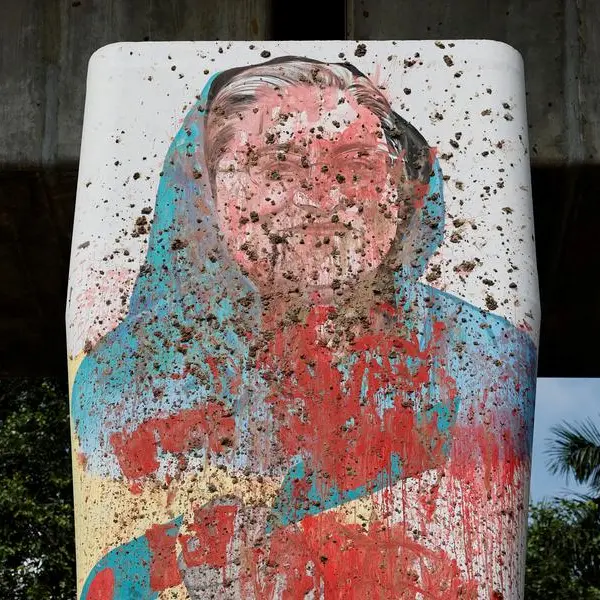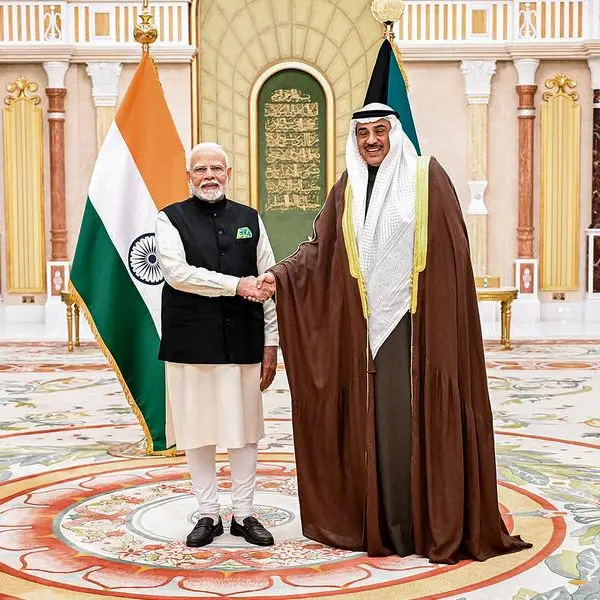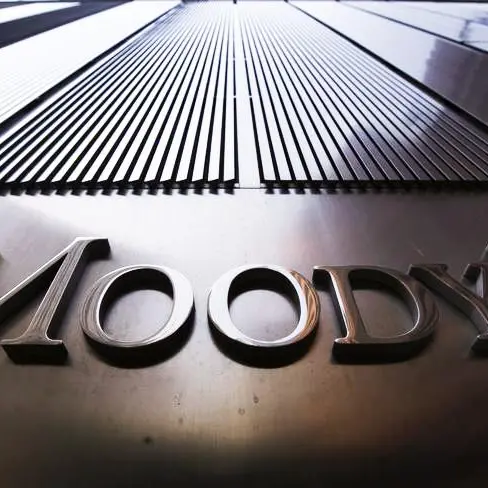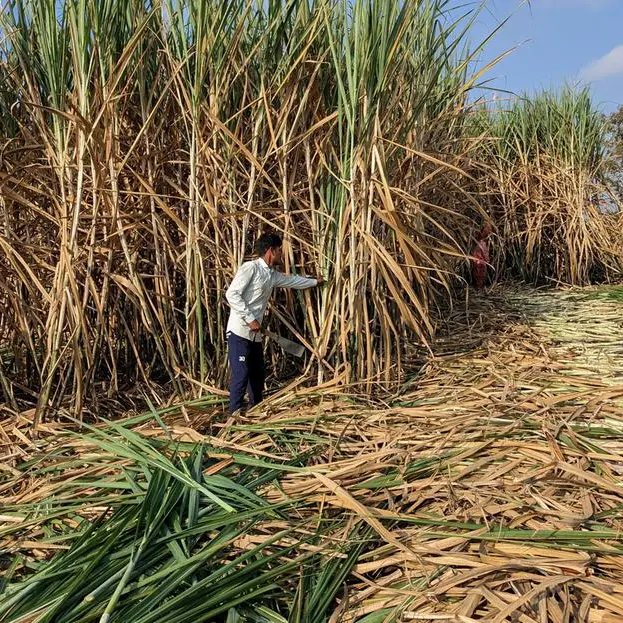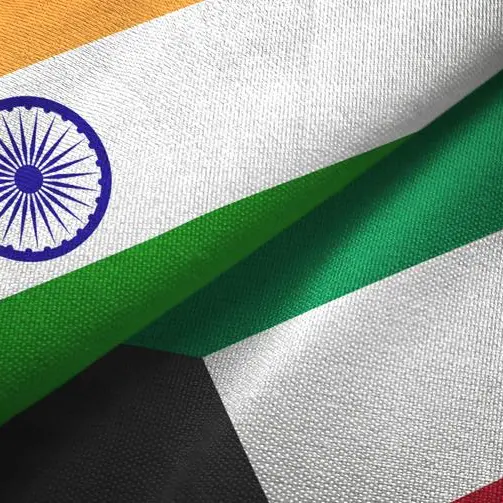PHOTO
Sri Lanka sealed an agreement on Wednesday with bilateral creditors led by Japan and India, formalising a provisional agreement that the debt-ridden South Asian island nation reached in November.
Cash-strapped Sri Lanka defaulted on its foreign debt in May 2022 after its economy was driven to the brink by a severe fall in foreign exchange reserves.
SRI LANKA'S CREDITORS
The Official Creditor Committee (OCC), led by Japan, France and India, covers about $5.9 billion of Sri Lanka's outstanding external debt of $37 billion, according to the country's finance ministry. The Export-Import Bank of China (EXIM) covers about $4 billion of outstanding debt, latest government data showed.
Among bilateral creditors, Sri Lanka owed China $4.7 billion with debt to India standing at $1.74 billion. Japan, a part of the Paris Club group, was owed $2.68 billion. China, Sri Lanka's largest bilateral lender, is not an official member of the OCC.
Commercial loans, comprising of sovereign bonds and other time-bound loans, accounted for $14.73 billion.
A $2.9 billion bailout programme by the International Monetary Fund (IMF) secured in March last year helped Sri Lanka stabilise economic conditions.
The global lender has called for a swift finalisation of Sri Lanka's Memorandum of Understanding (MoU) with the OCC and final agreements with the Export-Import Bank of China to put its debt on a sustainable level and reduce it to 95% of gross domestic product (GDP) by 2032.
OTHER DEBT NEGOTIATIONS
In April, Sri Lanka rejected an initial bondholder proposal to restructure more than $12 billion in debt. Formal negotiations with the international private creditors are set to resume imminently after a group of bondholders signed non-disclosure agreements late last week.
The country owed about $10.9 billion to multilateral banks.
Sri Lanka has debt outstanding of $6.2 billion to the ADB and owes $4.3 billion to the World Bank but the country is not restructuring multilateral debt.
The debt restructuring is crucial for Sri Lanka to reach a 2.3% primary budget surplus by 2025, the key fiscal target set by the IMF.
Once the debt restructuring is completed, Sri Lanka hopes to reduce its overall debt by $16.9 billion.
DOMESTIC DEBT
Under a domestic debt restructuring programme announced in June last year, Sri Lanka accepted offers to exchange about $10 billion worth of defaulted local debt for new bonds, paving the way for negotiations with bondholders and bilateral creditors to gather pace.
A total of 3.2 trillion rupees ($9.91 billion) of the 8.7 trillion rupees in bonds eligible for exchange were accepted, the finance ministry has said.
SECOND IMF REVIEW
Earlier this month, the IMF approved the second review of Sri Lanka's bailout, paving the release of $336 million in funds, but the global lender warned the economy remains vulnerable despite emerging signs of recovery and urged Colombo to do more to restructure its hefty debt burden. (Compiled by Uditha Jayasinghe and Sudipto Ganguly; editing by Raju Gopalakrishnan)
